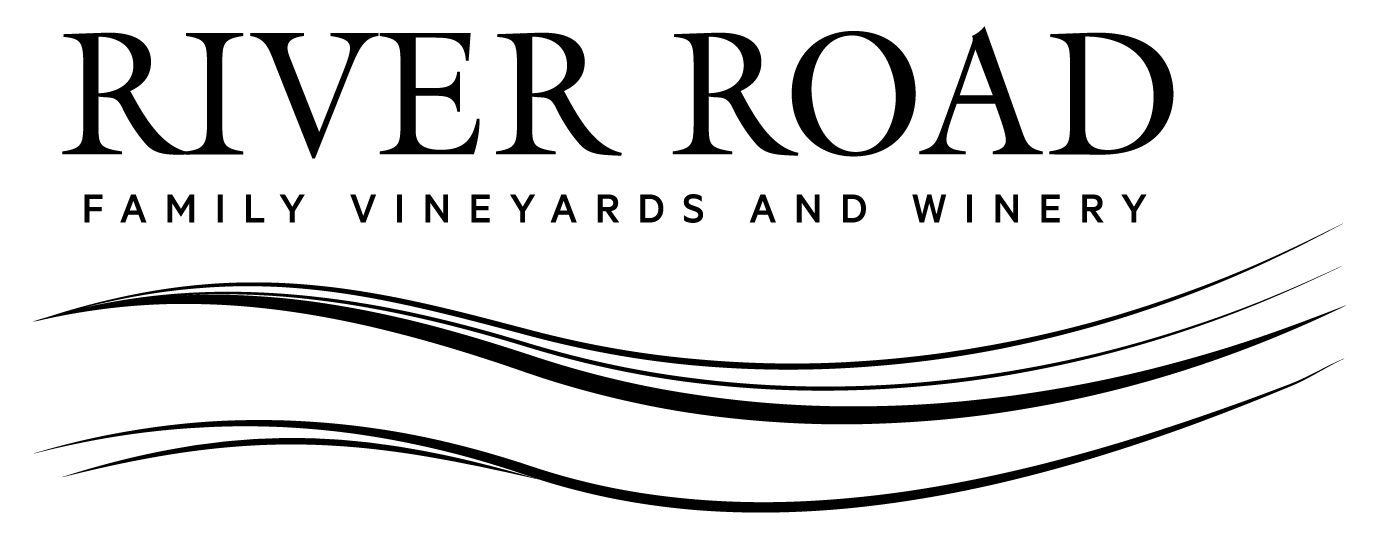VINEYARD UPDATE
Spring may be just around the corner on the calendar, but it doesn’t feel that way in Sonoma County. Other than the daffodils popping up in the county, we’re stuck in a mid-winter scene. The second “atmospheric river” has just passed over us, dumping a huge volume of rain. At our estate vineyard, the rainfall totals will reach 20 inches for February alone! As you can imagine, the soils are saturated. Most of this rain was heading down the Russian River to the Pacific Ocean, causing major flooding across the Russian River watershed, while providing little additional benefit to local farms.
I’m certainly ready for a bit of typical spring weather. Our vineyard water needs are more than met. Bud break looks to be a bit delayed, by cool temps and constant rainfall, with an expectation that mid-March will see our vines beginning to show green shoots.
DORMANT PRUNING COMPLETE
Despite the near-constant rain, Alvaro Zamora and his vineyard team did an amazing job completing the pruning. We typically try to avoid pruning when rain’s been forecast, but the upcoming budbreak forced us to prune anyway. The process is very labor intensive. We can’t risk having this task incomplete, once grape shoots begin sprouting.
In our estate vineyard, we farm eight separate blocks of Pinot Noir and three blocks of Chardonnay. Each has different combinations of clone and rootstock. This may seem excessive in small vineyards; but I’ve found a mix of clones and rootstock gives us great complexity in our wines, and the best chance of creating complete wines with every vintage.
Not only do we have this large diversity of grapevines, we also employ three different methods of pruning and trellising. This has evolved over the past 19 growing seasons, and reflects a constant striving toward the most sustainable method of farming grapevines on our Goldridge soils.
1. Method of Vertical Shoot Position (VSP) ~ Bilateral Cordon
This is the original trellising and pruning style employed at the Ron Rubin Estate Vineyard. When the vineyard was established in 1999, it was also cutting edge for highest quality, coastal California vineyards. It allowed planting on tighter spacing (more vines per acre) and uniform canopy growth, throughout the vineyard. Vines were trained to develop a permanent trunk and cordon “arms,” along a single fruit support wire. During pruning, last year’s shoots were trimmed back to two buds. These two bud shoots (spurs) will each support two shoots and four clusters per spur. By managing the number of spurs left after pruning, crop levels will be determined.

2. Method of VSP ~ Cane Pruned
The most effective way to combat canker diseases is to prune out diseased wood each year, and prevent the disease from reaching the trunk and roots. This is a non-chemical approach that conforms to our sustainability goals, and has truly reinvigorated our vines! At this point, all but one block of Pinot Noir has been converted to this system. To manage vines in this style, we’re still utilizing the trellis structure put in place when the vineyard was established. The big change is the removal of the cordon arms, which is where infection was entering the vines.

The only disadvantage of this system is the labor required, to carefully prune and tie canes onto the trellis. It’s a job for a seasoned pro, making the best choices and properly balancing the vineyard.
3. Method of VSP ~ Horizontally Separated Cane Pruned
The final trellising method, incorporated at the estate, is designed to combat another challenge we face in Green Valley of Russian River Valley. Botrytis rot can occur in any grape growing region, causing crop loss and reducing quality. We’re always seeking to improve our grapes and the resulting wines, so we’ve converted two Chardonnay blocks to a “split” system. The fruit support wires (two wires instead of one) run parallel to each other along the vine row. By tying one cane to the wire on the west side and one to the east side, we’re creating approximately 12 inches of space between clusters. This will avoid fruit stacking, sometimes seen on Chardonnay vines, which increases airflow around the clusters, naturally decreasing risk of Botrytis.

We’ll track the effectiveness of this system, over the course of the year, and incorporate into other blocks, if we like the results.
SYMPHONY IN A BOTTLE!
February was an exciting month in the winery too, as we bottled two new wine blends. The art of blending (combining different clones, different vineyards, different barrels, etc.) has always been one of the most engaging parts of my job. Our Symphony wines gave me a chance to try matching several varieties that historically weren’t combined.

The white wine Symphony Chardonnay Blanc is a similar blend of two varieties; Chardonnay and Sauvignon Blanc. Presenting the richness and finish of Chardonnay with the fresh acidity and bright fruitiness of Sauvignon Blanc, this wine will draw you back in for sip after sip!
The red blend, Symphony Cabernet Noir, is a blend of Pinot Noir and Cabernet Sauvignon, the kings of the red wine world! The full-bodied textures of Cabernet Sauvignon are matched to the high-toned berry aromas of Pinot Noir, making for a very entertaining wine.
Cheers!





